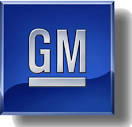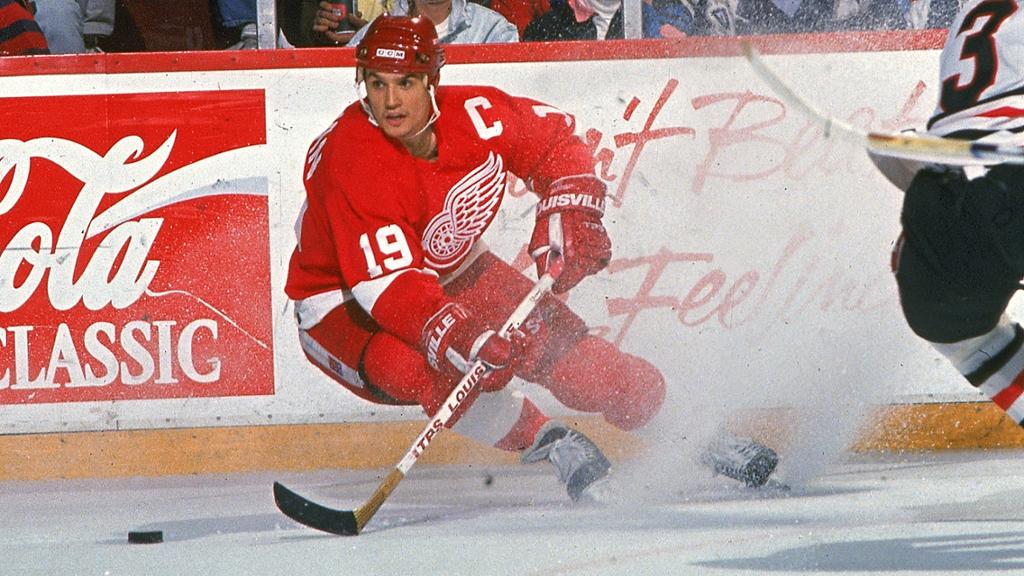My Favorite Interview Question.
One of the interview questions I used while wording at an ad agency looking to hire junior account managers was “Tell me about me.” I’d wait until the interview was well underway so the candidate had an opportunity to hear a bit from me and look around my office. Also, it let me know if they did any homework prior to the interview. I loved this question. At the time I was an account manager not a brand planner or researcher, so pinging a candidate on their powers of observation was, likely, unexpected.
It was an out-of-left field question that really separated the wheat from the chaff. On so many levels. Are they bull-shitters? Do they pay attention? Are they multidimensional?
The last time I used the question was with a young woman whose response made me feel I’d crossed the line. Or said something untoward. She couldn’t process it. And I spent more time explaining and justifying the question than I did interviewing her. (Fail…on both our parts.) She overreacted and I overreacted. I should have just moved on.
I still love the question, especially as a brand planner, but putting on my empathy hat I can see how it may have been off-putting to someone sensitive to roles, power and need.
Maybe the problem wasn’t the purpose of the question, but the question itself. Perhaps an edit is in order.
Always thinking.
Peace.





